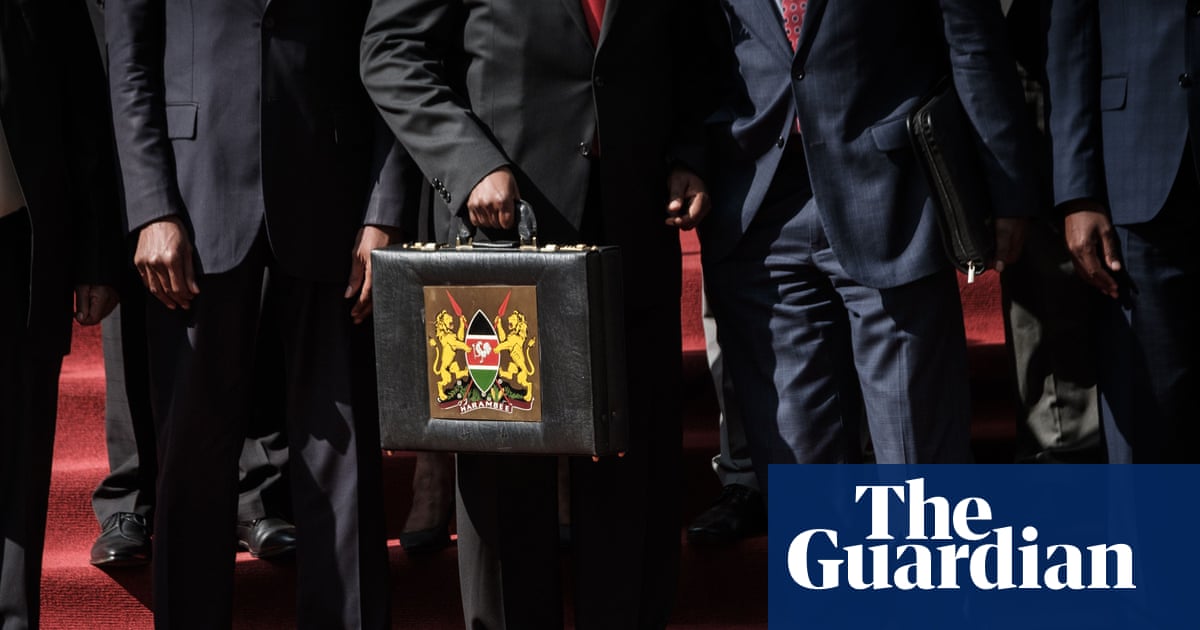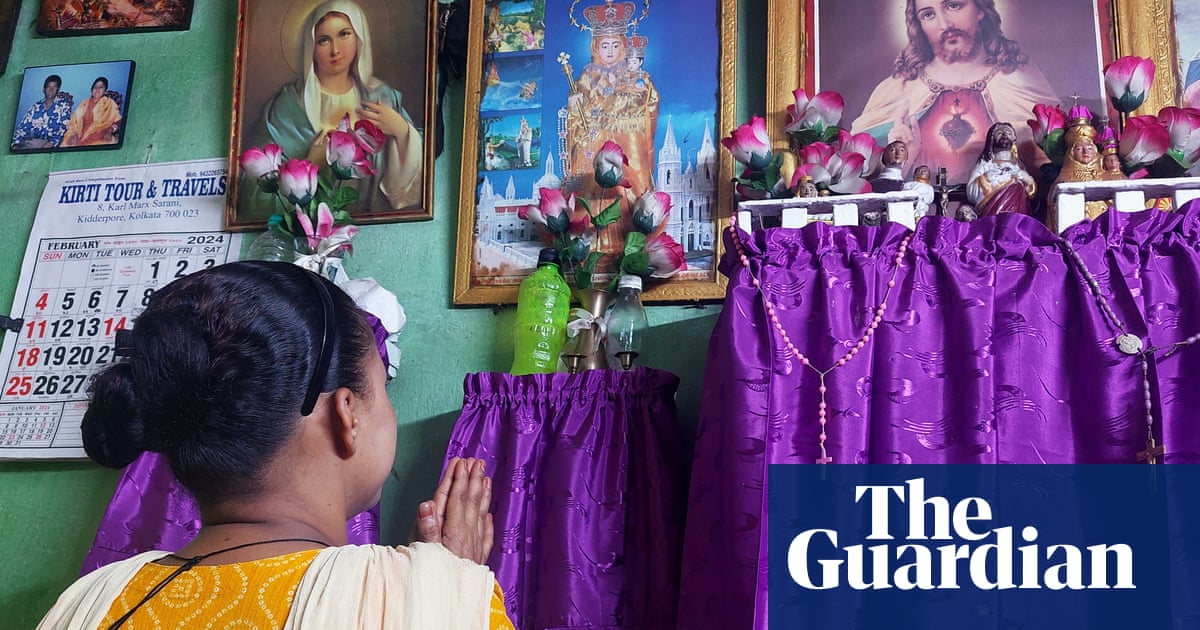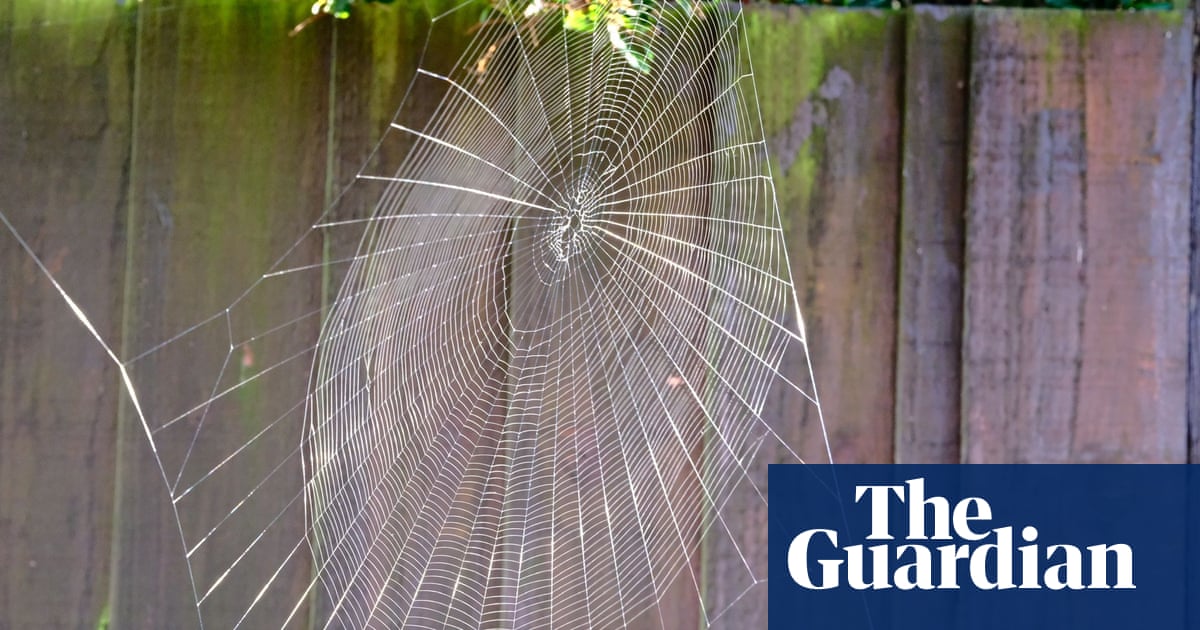
Two major dam projects in east Africa have cost the Kenyan government £80m despite having never been built, it has been revealed.
The insurance bill was for the Arror and Kimwarer dams, planned to bring power and water to half a million people. An Italian construction firm was commissioned. Trees were earmarked for removal, and around 800 people told they would be moved out of the flooded area. Six years later, and the proposed dams are emblematic of Kenya’s slide into debt, with only limited benefits from new infrastructure.
Questions around why insurance was paid on the loans related to the dam scandal remain unanswered, igniting concerns that corruption continues to play a role in the east African country’s political and business life.
According to investigators at independent media outlets Africa Uncensored and the UK-based Finance Uncovered, documents and interviews with senior officials reveal mismanagement and show efforts to cover up delays and disguise escalating costs. Those concerns are laid out in a short film. Africa Uncensored: Kenya’s journey to a debt crisis (Part 4: the Perfect Storm).
Among those involved in the projects was President William Ruto, former deputy of Uhuru Kenyatta who succeeded his leader last year, and a keen supporter when the dam contracts were signed.
Ruto wants to revive the dams as part of plans to enhance Kenya’s infrastructure and safeguard against climate change, arguing that any payments connected with the dams are themselves insured. “For every money that has been paid, we have a bank guarantee that no money will be lost,” he said earlier this year.
He recruited Nairobi economist David Ndii, a debt analyst, to help him devise ways to revive dormant infrastructure projects without debts spiralling further.
But debt payments connected to the post-2012 infrastructure boom continue to drag down government finances. In 2022-23, debt servicing alone accounted for 57% of government revenues, compared to the UK’s 9.6%.
Next year, a £1.6bn loan funded through the London bond market is due to be refinanced. Taken out when interest rates were low, it is not clear how Ruto can find the extra money for a fresh loan under today’s rising rates and at the same time support new infrastructure projects.
A hotly contested finance bill was passed in June to increase tax revenues, with the extra income used to pay down debts and increase infrastructure spending. In the first year of the plan, Ruto’s budget amounted to £19.6bn for the financial year 2023/2024 with £3.9bn financed through extra borrowing.
Africa Uncensored and Finance Uncovered reported “at least a decade of mismanagement of Kenya’s loans, shocking corruption and debt dependency as told by auditors, analysts and insiders”. Covering the period when Kenyatta and Ruto were running the country, the series of four short films features senior politicians and analysts exposing the way documents were hidden and money transferred without checks.
Africa Uncensored revealed how the winning bid for the dams’ construction was submitted by Italian-registered firms CMC di Ravenna and Itinera. In 2019, they tried to recover 12.4bn Kenyan shillings (£65m) in damages for the cancellation of contracts with the Kerio Valley Development Authority (KVDA).
CMC blamed the stalled project when it filed for bankruptcy in 2019. The initial plan would have seen CMC finance, build and operate the dams before handing over to the KVDA. CMC would borrow money from a group of banks led by Intesa Sanpaulo with the loan guaranteed by SACE, Italy’s export credit agency. SACE is 100% controlled by Italy’s ministry of economy and finance, with a mandate to support Italian businesses globally.
The deal would see Kenya’s government borrow money to pay CMC for construction. As part of the deal, Kenya had to pay an insurance premium to cover non-payment of the loan – €52m for Arror dam alone; 16% of the total cost of the €319m loan.
In 2019, after a series of allegations of corruption against officials, Kenyatta cancelled the dams. Ruto’s supporters argued that this was politically motivated, and that the allegations were designed to stymie Ruto’s ambitions for the presidency after he challenged Kenyatta’s chosen successor.
It has since been established that Kenya used borrowed money to pay the insurance premiums of €94m (£80m) for both dams.
SACE told journalists the premium was calculated according to established standards similar to those defined by the OECD. This took into account country risk classification, the 20 years of the project financing, and the 100% of risk covered. “They were only stopped once suspicion arose over the deal itself. Today, those projects are back on track,” according to the investigation.
Between the commissioning of the Kimwarer and Arror dams to the cancellation in 2019, Kenya’s debt had gone from 4.1tn Kenyan shillings (£22.3bn) to 5.6tn shillings (£30.6bn).
Part of that rise was three loans worth $5.3bn (£4.2bn) with China’s Exim bank for the construction of a railway connecting the port of Mombasa with the capital, Nairobi.
In a separate analysis of Kenya’s debt problems, analyst Fergus Kell at the Chatham House thinktank said that “a legacy of poor Kenyan decision-making and a planning process driven more by short-term electioneering than strategic need” lay behind the rise in debts payments. “Chinese lending was one component of a surge in borrowing under the Kenyatta administration, which saw Kenya’s debt-to-GDP ratio rise from 42% to 69% between 2013 and 2020,” he said.
Edward Ouko, Kenya’s former auditor general, said that half of Kenya’s debt could be attributed to corruption. “You are asking me a ballpark calculation? I think it is about 50%.”
It wasn’t supposed to be this way. Much of sub-Saharan Africa has struggled to break out of economic cycles dominated by war, famine and corruption, leading to decades-long debt traps. But Kenya was different.
Kenyatta inherited a country that, economically at least, was in good shape. It emerged from the 2008 financial crash with sound finances and the approval of the International Monetary Fund and World Bank, which encouraged Kenyatta to fund infrastructure schemes with money borrowed on low interest rates from international investors.
He followed a two-pronged money-raising strategy. First he went to London armed with a strong credit rating to raise loans. Then he accepted direct funding offers from Chinese banks under Xi Jinping’s ill-fated Belt and Road initiative directed at specific transport infrastructure projects. As the investigations show, these sources of funds have come with significant costs.
Ruto plans to revive the dams despite prosecutors issuing warrants that are still outstanding against Paolo Porcelli, an executive of the Italian firm CMC di Ravenna. Questions remain over the contracts and sums of money behind the dams, and especially the role of the Italian government in payment demands for insurance.
Noordin Haji, former director of public prosecutions, sought the extradition of Porcelli to face corruption charges in the Arror and Kimwarer scandal along with 27 others. Many of the charges were subsequently suspended. Ruto has recently put Haji in charge of the National Intelligence Service.
The president later held talks with his Italian counterpart, Sergio Mattarella, in Nairobi. A week after that meeting, Ruto’s cabinet approved the resumption of the Arror and Kimwarer dams.
How much of the former deal will be investigated is another matter.












